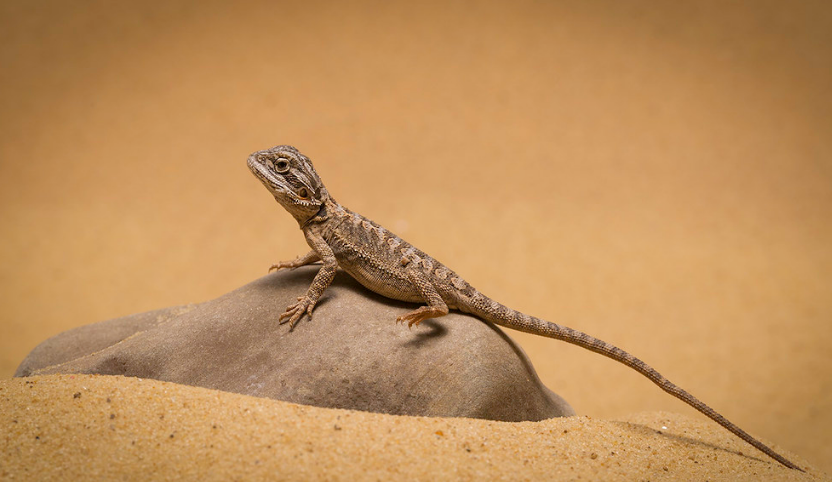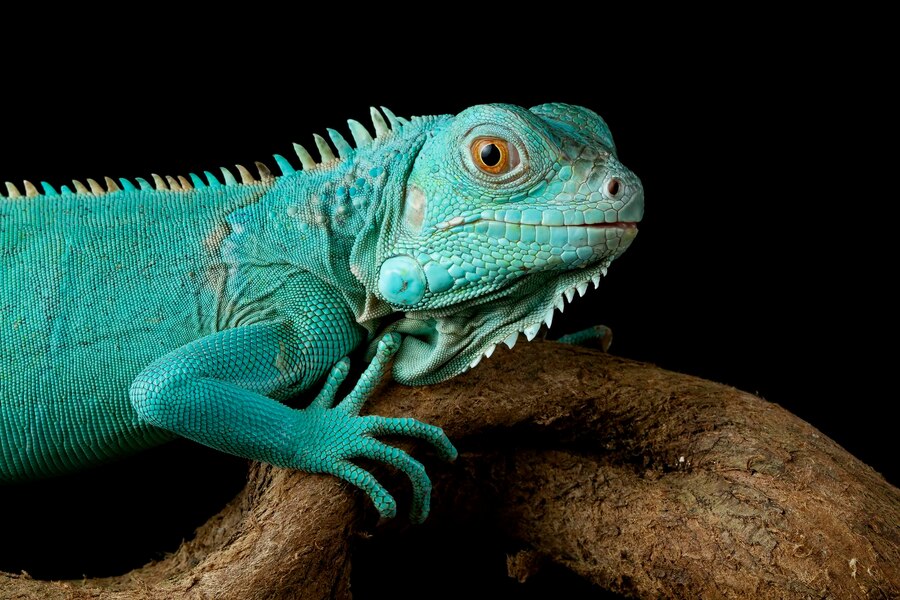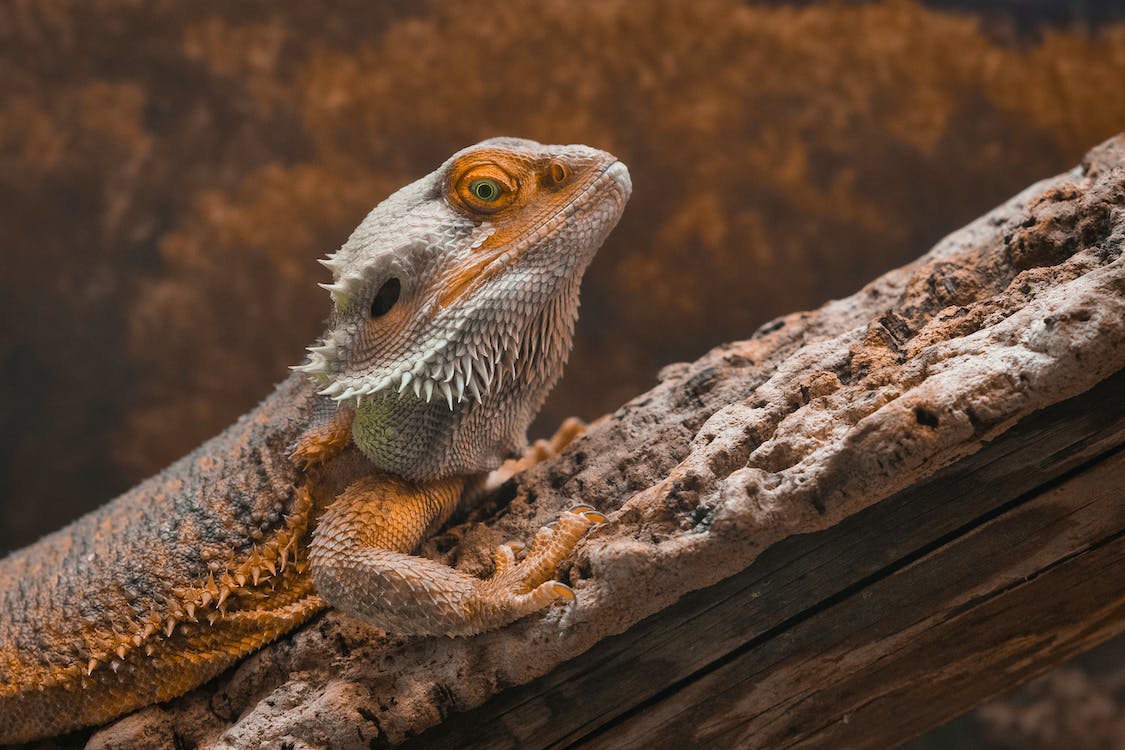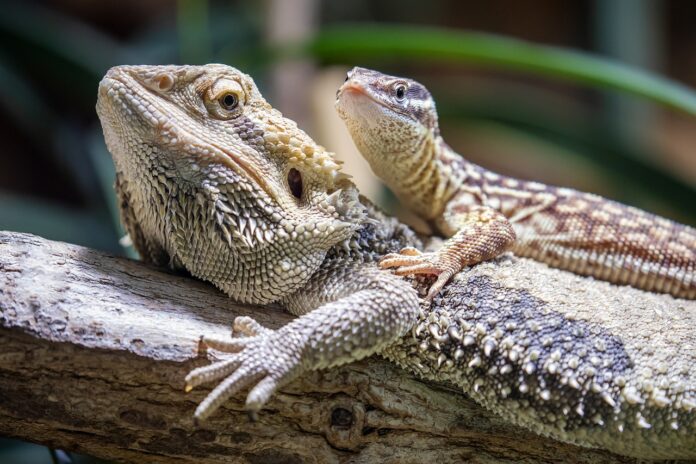Among a plethora of reptile species, bearded dragons are the most friendly and thus scouted by many pet lovers. If you happen to be interested in petting one, make sure to know how long do bearded dragons live, what kind of habitat is good for them, what diseases they can adapt to, and what they like to eat.
Bearded dragons are reptiles that have the appearance of a lizard. They are called bearded dragons because the skin below their chin is lousy and hanging, that appears as a beard. Furthermore, their body is covered with scales from top to bottom.
If you’re willing to have a companion pet that is distinctive from the category of regular pets, you can give a thought to a bearded dragon. But before welcoming it home, make sure you know how long do bearded dragons live, and how to take care of it.
How Long Do Bearded Dragons Live?
Also referred to as Pogona, a bearded dragon is native to Australia. They are mostly found in deserted areas with scorching sun over their heads. In another case, they are found in arid regions of grasslands or woodlands hugging the surface beneath their bodies.
With strong legs, bearded dragons can lift themselves to get some cool. Another impressive feature that these creatures exhibit is the puffing of their chin at times. Seeing that one can make out that they are stressed. Yes, you read that right! These lizard beardies get stressed if they are not feeling well, feel a sense of threat, or are undergoing any habitat change.
As for how long do bearded dragons live, it depends on several factors that we’re going to discuss. Nevertheless, the average life expectancy of bearded dragons is said to be 4 to 10 years, as per National Geographic. Provided that they are more safe when in hostile care as pets, their life expectancy is relatively longer than in wild habitat. In case you’re considering giving a bearded dragon to a wildlife lover as a gift, make sure to share this article with them for its care.
Factors Affecting Bearded Dragons Lifespan
You can never tell the exact age until which your bearded dragon will live, no one can. That is only for God to know. But you can try to provide your bearded not-so-little friend with an optimum amiable environment. So read further to discover what you must do for a bearded dragon to live long:
Terrarium
Providing your bearded dragon with the right habitat is the beginning of the first step to providing it with an amiable environment. Since these little reptiles are native to Australia’s arid and semi-arid areas, they love to enjoy the bliss of sunny surroundings. So ensure that the temperature of the tank is warm enough to that of their wild habitat. For one thing, the temperature must be between 38 degrees to 42 degrees in summer and between 16 degrees to 24 degrees in winter.

Furthermore, you must ensure the availability of a fluorescent UV tube. You’ll also need to monitor the humidity level with a hygrometer because it affects how long do bearded dragons live; the ideal humidity level should not exceed 40 percent. The size of the tank must be 2 feet, “48 X 20” or more to keep them occupied in moving from one place to another at decent distances. Moreover, you can use sand for the surface beneath their paws.
As for times, when your beardy (bearded buddy) feels like climbing up the branches, a small artificial tree terrarium will do. It must be remembered that the distance between the fluorescent UV tube, stones, and trees must be enough so as not to hurt the beardy pal.
Cleaning Surroundings
How long do bearded dragons live depends on the habitat.
With a bearded dragon as a pet, comes a terrarium and the responsibility to keep the terrarium clean. Cleaning the terrarium daily is a must to expunge any food leftovers, insect bodies, and feces. Investing in a litter scoop is a good idea for this purpose. Moreover, you are required to provide the tank with a deep clean service once a month. Proper upkeep of the surroundings will not let bacteria and smells develop in the terrarium. This will not let any moss, infection, or other disease breed in its habitat.
It must be remembered to keep the plants, stones, bedding, and other elements of the terrarium in a 10 percent bleach solution.
Food
Coming to their feed, bearded dragons are omnivores and won’t trouble you more. They love to munch on:
- Chopped Fruits
- Chopped Vegetables
- Leaves
- Mealworms
- Hornworms
Their teeth can cut down kale, parsley, crickets, and kingworms, and can give you company in eating sweet potatoes also. You can place a feed bowl in the terrarium and feed this scaly pet every 24 to 70 hours. That is to say, feed it 1 to 2 times daily. You can also offer it food with your hands if you don’t mind an insect crawling on your palm. They can eat parsley, turnips, and spinach and also eat waxworms and rodents.
As for liquids, they still drink water so you can add a safe water pallet in the terrarium. Their growth mainly relies on nutrition from calcium and protein sources.
Hygiene
Along with surroundings, it is also necessary to bathe your bearded dragon. These reptiles must be taken for a good reptile-friendly soap bath at least once in 2 to 3 weeks. You can use fresh water for its bath, however, they enjoy warm water baths more.

Bathing in warm water provides relief to bearded dragons and helps them get their bowel functioning intact. It is quintessential for staying hydrated for them also. Obviously, a warm water bath dissipates the dust, remains of feces, and other bacteria from your little dino.
What Is Brumation?
Brumation is a process that is natural for bearded dragons. In this process, their body gets slowed and they kind of hibernate themselves. They won’t move any bit in this period but are still awake.
You must be intrigued to know how long does brumation lasts and when it starts. For one thing, this can vary. Nevertheless, wildlife explorers say that the brumation period starts in winter/cold for bearded dragons. Furthermore, this happens once every year. You can expect your bearded dragon to brumate once it is ten months.
Bearded Dragons Facts
When you’re deciding which bearded dino to bring home at the pet shop, you might feel like taking one on your palm. But make sure to wear safety gloves as they might hiss (they have venom glands, though it’s not that serious), puff up their chin, and jump or run. This may not have that serious effect but you might get bruised. That is why pet owners who have bearded dragons are advised to wash their hands every time they touch this small not-so-tiny dino-like creature.
Here are 3 facts that can help you take good care of bearded dragons:
1) They Do This When They Feel Too Hot
The behavior of berate dragons is quite enthralling. As per the Australian Museum, these little birdies uplift themselves from the ground when their body feels extra warm. Although they love sunbathing, their body temperature can rise to extreme levels, making these lizards feel like burning hot. In such a case, they often open their mouths to cool down their boiling blood and you can see their puffy bearded chin.
2) They Like Jumping, Head Massage & Playing
Bearded dinos love to make jumps and run quickly so you need not worry because it is their nature and they won’t get hurt. You can touch their back when they sit, rub their belly, and even give them a head massage which is a fun and relaxing activity for them. After all, they spend a lot of energy eyeing different objects all day long.

Because bearded dragons love to climb, you can put some hindrances in their way as they run on your floor to play. They also get intrigued to explore a stuffed toy. But bear in mind to wash the toy, clothes, hands, and floor appropriately after they come in contact with this beardy. Otherwise, with all respect to your love and care for this mini dino, they can spread illness as well.
3) They Are Too Smart To Access Their Surroundings
Bearded dragons are very aware of their surroundings. They handle the threats with their mouths wide open. You might change their skin color pretty often with time. This is also due to the change of habitat or if they sense any threat. Another reason for this is due to mating.
Diseases: Bearded Dragon
The lifespan of bearded dragons or how long do bearded dragons live can alter because of diseases.
- Bearded dragons get infected if their surroundings aren’t well maintained.
- It is important to keep it hydrated with clean water.
- If they don’t have access to UVB lights, they get affected a lot and might develop bone weakness.
- Although shedding is a natural process, bearded dinos shouldn’t shed enormously after 6 months of their birth.
- In case you observe abnormal weight loss, no movement even after brumation is over, and frequent darkening of skin color, take your bearded dragon to a vet.
Visits To Vets
Till now, you’ve learned a lot about how long do bearded dragons live and what diseases they are prone to. Certain cases demand professional help from vets:
- More hiding time than usual.
- Less eating and drinking
- Weight loss
- Swollen Joints
- Skin Discoloration
- Shedding
- Abnormalities in the eyes, nose, or mouth
- Runny or abnormal droppings for more than 2 days
- Lack of droppings over extended periods.
Conclusion
Pogona vitticeps is the most typical bearded dragon among people and is petted the most. Although their average life is said to be 4 to 10 years, the oldest bearded dragon was recorded to live for 25 years. This article has covered all the details about how long do bearded dragons live, what you should offer them to eat, and what kinds of habitat they need. It also covers the diseases they are prone to and some fun facts about them.
Also Read:




